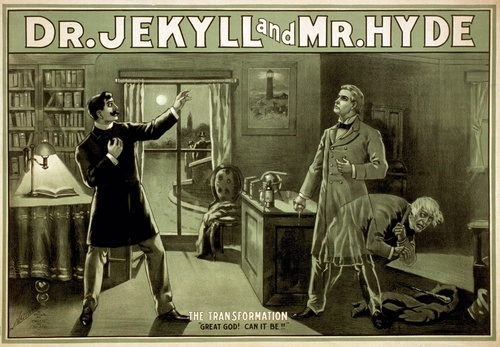Do you find your marketing in this situation? Everything with your marketing communications seems to be going well. Your brand has been in place for months, maybe years. Guidelines, templates, asset libraries and training are all available to employees and resources. Then you begin to discover that:
• One or more of your company’s direct marketing tactics are inconsistent in design and color, copy wording and more.
• Tactics are being produced that don’t follow brand standards or messaging.
• Direct marketing campaigns exist that don’t support the position your brand occupies in its market.
• Emails and direct mail that are supposed to generate leads are using ineffective direct response practices for the sake of staying “in brand.”
• Existing customers are receiving direct marketing tactics that treat them like strangers.
If one of these things is happening, rest assured others on the list are waiting in the wings. Keeping brand creative and direct marketing creative from developing a split personality monster and keeping them in sync doesn’t have to be an obsession, but like a garden, they need constant tending to flourish.
Causes
Conflicts between direct marketing creative and branding efforts occur when there’s lack of communication between groups.
• Field and sales stakeholders are not aware of branding changes.
• Direct marketing efforts are executed without checking on brand status.
Not informing stakeholders about brand changes, or not informing brand stewards of planned direct marketing campaigns frequently adds time, expense and frustration.
Lack of creative overwatch is a problem as well. A marketing overwatch is the equal guardian of brand and direct marketing. A marketing or brand director is best suited if they are aware of the marketing strategy and have the authority to get tactics stopped or redirected if needed.
Worst cases of direct marketing creative and brand creative conflicts come from a Field vs. Ivory Tower culture of mistrust that has become entrenched in a company:
• Field/sales thinks the brand direction is out of touch with their mission.
• Brand stewards get frustrated that field and sales don’t support the brand.
When this happens, all sides share blame. No matter where the rift started, the longer it continues, the longer the company suffers.
Effects
A Jekyll and Hyde brand due to inconsistency between direct marketing tactics and brand standards leads to several negative outcomes.
• Your overall brand impression becomes diluted.
• Leadership positioning and trust in your brand gets eroded.
• Inconsistent tactics lead to audience confusion and inaction.
Brands that lack consistency across tactics give away their USP (Unique Selling Proposition) to any competitor who does a better job claiming the same spot.

First Fixes First
Rebalancing brand and direct marketing so you achieve consistency isn’t complex, but isn’t a quick fix either. Prioritizing is key.
• Triage and do what’s important first.
• If there’s a big issue with current brand creative, spend the money, and fix it.
• Otherwise, let small shortcomings go, and fix as tactics get developed.
• Identify the most important visual brand elements, and use them in direct marketing to lend visual consistency that supports DM best practices.
• Modify tactics on hand with add-ons (stickers, inserts, imprints, video edits, etc.) to update messaging.
In the mid-1990s, I worked for a bank that approved a “retro” brand effort, impacting everything from POP to direct mail to TV ads that featured musical ice-dancing and singing. Beautifully produced, the brand campaign flopped because it was learned too late that people have a great sense of humor except when it comes to their money. Most folks want a company that is serious, not flip. The whole brand effort was shelved, and the bank returned to a former brand effort. The TV spots got more views in the producer’s reel than on TV, and I still cringe when I see them today.
Minimizing Future Risks
Neither great brand or effective direct marketing creative develop in a vacuum. Sales, field, and brand marketing forces need to share their plans and knowledge as allies. Meetings need to be more often than 3 to 4 times a year because of the short direct marketing timelines and longer timelines of major efforts like product launches or brand advertising.
Why It’s Important, and SO Worth the Effort
When groups work together and communicate, new attitudes and ideas are born. Brand marketing creative teams learn from the experience of field and sales. Field and sales get a voice in the input stage of brand direction. Efficiencies are gained, cross-selling opportunities created, and customer lifetime value can grow.
A company benefits when all of its creative is consistent across brand and direct marketing. Sometimes taking some lumps and making tough choices when things don’t work, and opening up to other departments beats the heck out of having a Jekyll and Hyde creative image.



